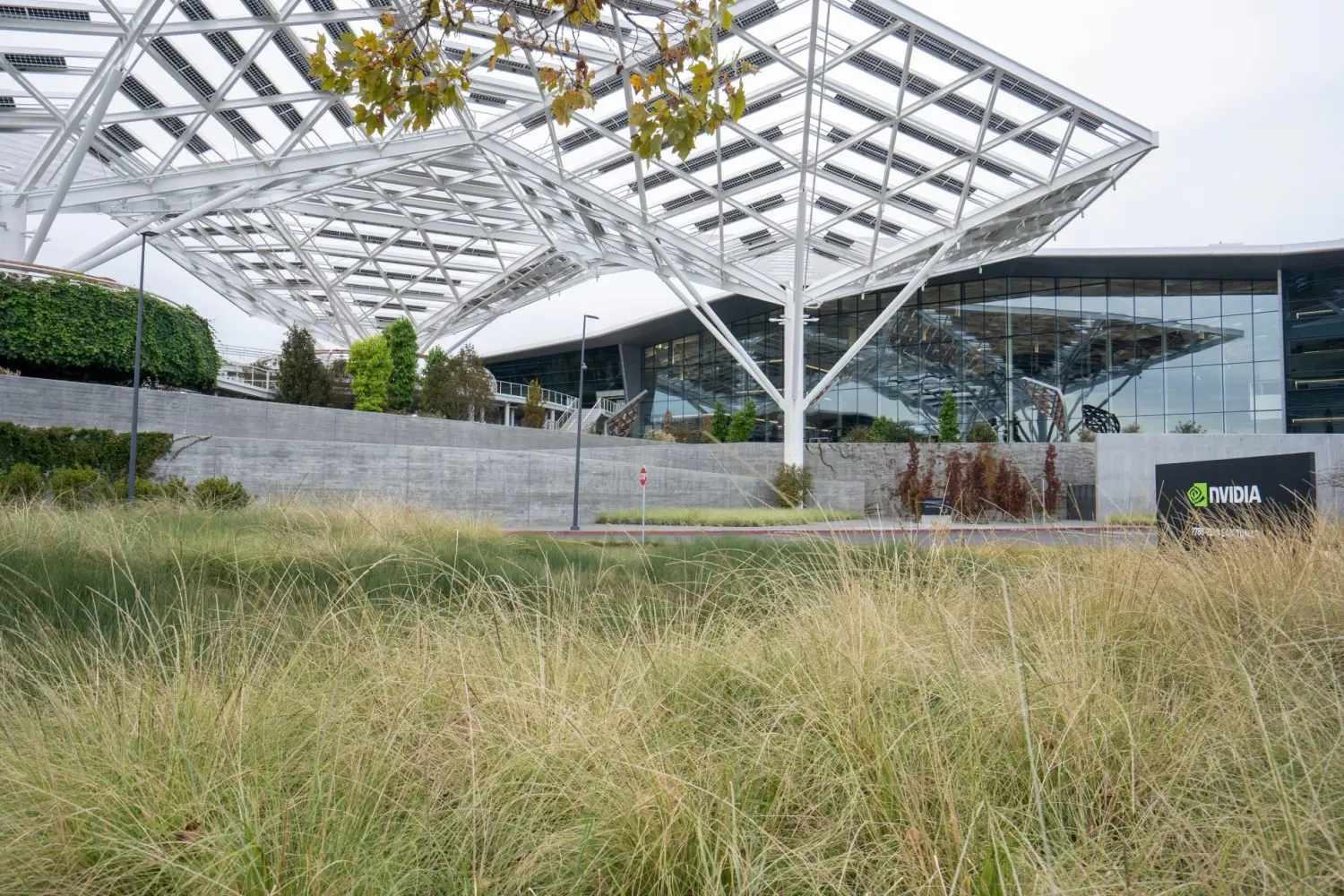In a January speech at Brookings, National Economic Council Director Lael Brainard mentioned two prime motivations of the Biden-Harris administration’s “place-based industrial strategy.” According to Brainard, such strategies should not just alleviate the “downward spiral of disinvestment” experienced by communities suffering from past or current industry shocks—they also should seek to fortify economies at high risk of future disruption.
The motivation for backward-looking investment is clear. The U.S. economy is no stranger to industry shocks, nor their long-term economic and sociopolitical consequences. At multiple points in recent decades, sudden shifts in industry dynamics, supply chains, and trade relationships have levied immense economic burdens on the communities most reliant on those sectors, creating pockets of distress and disinvestment in places once considered America’s industrial hubs. Witness the most severe of these shocks: the “China shock” of 2000 to 2012, when a surge in low-cost imports following China’s 2001 admission to the World Trade Organization erased millions of U.S. manufacturing jobs. Many of the communities this displacement hurt most still have not fully recovered.
Yet as Brainard acknowledged, it is insufficient for federal industrial strategy to focus solely on places harmed by previous displacement. Mitigating the potential impacts of future shocks—such as those from the forthcoming clean energy transition—is also critical.
Which is why the full success of the nation’s new industrial strategy is contingent on whether it nudges the private sector to invest in strategically relevant places. Accordingly, this post explores whether a surge of recent private investments in strategic sectors is supporting legacy manufacturing labor markets that were disproportionately impacted by the China shock. Likewise, the piece assesses whether these investments appear to be fortifying carbon-dependent counties at the highest risk of displacement from the nation’s clean energy transformation.
Overall, our assessment finds that the nation’s place-based industrial strategies and related private investments are both helping regions damaged by deindustrialization and assisting the nation’s ongoing transition toward a net-zero economy.
Past trade shocks are a key motivation for place-based industrial strategy
Last year, National Security Advisor Jake Sullivan foreshadowed how a new U.S. industrial policy would repair some of the China shock’s damage to communities and local economies. In his remarks, Sullivan outlined how resources authorized by the Inflation Reduction Act, the CHIPS and Science Act, and the Infrastructure Investment and Jobs Act would support regional supply chains and strengthen regional industry clusters.
Sullivan argued that such a strategy would “crowd in” private investment in strategic sectors while helping regions realize the full economic potential of local economies that suffered the gravest harms from the disappearance of domestic manufacturing. Yet beyond that, the Biden-Harris administration also hopes to fortify the U.S. economy against a “China Shock 2.0” created by any future influx of low-cost semiconductors, electric vehicles and their batteries, biomedical equipment, and other heavy industry goods imported from China.
While these goods are significantly different from the textiles, clothing, and furniture products that flooded the U.S. consumer market in the 2000s, the place-based strategy designed to help the legacy manufacturing areas that suffered most from the first China shock may also work to fortify the U.S. economy against a second one. In fact, previous Brookings research found that when choosing where to locate new investments, private manufacturers have shown a marked preference for communities with above-average advanced manufacturing employment. As fewer than half of the jobs in advanced industries require a four-year degree, previous employees of the manufacturing plants that closed or moved abroad during the China shock are strong candidates for the economic renewal embedded in the job opportunities brought by new strategic sector investments.
Place-based policies and recent private investment are buoying trade-impacted counties
To examine these alignments, this analysis first compares the footprint of high-impact strategic sector investment data from the White House’s Investing in America database and the Massachusetts Institute of Technology’s Clean Investment Monitor with the import penetration data that economists David Autor, David Dorn, and Gordon Hanson first used to define the “China shock” in their 2013 paper. By mapping strategic sector investments against import penetration—defined as the ratio of U.S. imports of manufactured goods to U.S. absorption (gross output plus net imports, excluding oil and gas)—we evaluate whether the highly specialized legacy manufacturing economies that saw the sharpest rise in trade competition during the China shock are receiving private investment at a rate commensurate with the size of their economy and population.
In that vein, we find that approximately $222 billion (30%) of the $736 billion in strategic sector investments the private sector has announced since 2021 is flowing into the nation’s most trade-affected labor sheds—and that the communities most adversely impacted by the China shock of the 2000s are indeed receiving private strategic sector investment at a rate that vastly outpaces their share of total economic output and population.
In total, the $222 billion in investment is split across approximately 117 projects flowing into 72 of the nation’s 645 most trade-affected counties. Clean economy investments—such as battery, electric vehicle, and clean power manufacturing—comprise more than half of projects, despite accounting for only a quarter of announced investments in these counties. This reflects the fact that there are far more investments in clean power generation and manufacturing than there are in other strategic sectors such as semiconductors.
Place-based policies and associated private investment may also be supporting the clean energy transition
U.S. industrial strategy in recent years has so far succeeded in steering generous flows of high-value private investment into many of the regions most blighted by economic damage and chronic joblessness attributable to the China shock. This comports with recent literature that suggests that fostering employment growth in regions beset by chronic joblessness may help workers hurt by persistent local labor demand shocks. Yet as the Biden-Harris administration has emphasized, it remains critical to ensure that national place-based initiatives are proactive, not just reactive. Of greatest concern, the global economy’s transition toward renewable energy has driven the cost of solar and wind power production far below that of coal and fossil fuel, posing a significant threat to communities throughout Appalachia and along the Gulf Coast that cannot be overcome by doubling-down on the carbon economy.
Autor, Dorn, and Hanson explicitly emphasize the imperative for investing in communities such as these in their 2021 paper, “On the persistence of the China shock.” They argue the highly localized labor market disruptions caused by the China shock were not wholly unique when compared to the auto and steel industry shocks of the 1970s or the collapse of coal in the 1980s (as well as ongoing automation and roboticization). They write that policymakers should therefore help regions prepare for future global challenges by investing in their ability to withstand the economy’s transition away from carbon-based activities, and strengthen their position in an increasingly high-tech economy powered by clean energy.
The forward-looking lesson is not about how we contend with manufacturing competition. It is not even [only] about trade per se, but about adjustment for unemployed workers and hard-hit areas. How costly it is, how slow it is, and how we can make it work better. Because we’re not done with it. If China’s exports were encased in lucite tomorrow, we’d still have lots of economic shocks going forward.
David Autor in MIT News, 2021
One way to evaluate the effectiveness of federal industrial policy at mitigating the displacement and disinvestment future industry shocks may create is to examine the share of private sector investments likely to reach labor markets with high-employment carbon footprints (measured by MIT as metric tons of CO2 produced per employee). Using this metric of employment vulnerability to the energy transition, we can evaluate whether the national surge in private strategic sector investments is creating the growth opportunities that carbon-dependent communities need to successfully participate in the global clean energy economy moving forward.
Now, we find that counties at high risk of industry disruption from the clean energy transition are receiving a larger share of federal and private investment relative to their total gross domestic product, manufacturing output, and population share. The most carbon-dependent U.S. counties make up just 6% of the nation’s population and 5% of its annual GDP—yet 15% ($107 billion) of strategic sector investments by private sector manufacturers and energy producers announced since 2021 is flowing to these counties.
In that sense, it should not be surprising that the tilt of place-based industrial development flowing toward stressed energy-transition communities resembles the tilt toward legacy China-shocked communities. Both responses stem from policies developed with old and new trade challenges in mind. Both also reflect recent alertness to China’s assertiveness: first by unleashing a flood of low-cost commodities in the 2000s, and now by moving up the value chain to threaten U.S. manufacturers and their workers with new expertise in high-tech goods, electric vehicles, and solar panels.
And yet while both trade-affected and carbon-dependent counties are receiving an outsized share of private investment relative to their GDP, manufacturing output, and population share, the types of projects being developed in carbon-dependent counties look very different from those underway in earlier trade-affected areas.
The investments flowing into carbon-oriented counties are anchored in clean energy production and advanced, “heavy” industry products—manufacturing that has been challenged both by the clean energy shift and potentially by China’s next big export push. This may signal that the private sector is naturally gravitating toward trade-affected manufacturing economies for most investments in technologies such as semiconductors and batteries, and leveraging existing carbon infrastructure such as port complexes and hydrogen pipeline networks in transition-threatened counties for investments in clean energy production.
One can see further evidence of this by comparing the size of clean power generation projects in carbon-dependent counties to those located elsewhere: It turns out that the median clean power generation investment in carbon-dependent counties is $465 million per project, compared to $61 million per project across all counties receiving a clean power generation investment. Along those lines, the clean power investments going to carbon-dependent counties are larger in scale and have bigger potential employment footprints.
Place-based policies and related private investment are tools both for remediating past economic shocks and future-proofing vulnerable places
In sum, lessons learned—albeit belatedly—from the previous China shock appear to have informed U.S. place-based responses in ways that are targeted and powerful enough to both mitigate persistent local trade distress from the 2000s and fend off possible future impact from the net-zero carbon transition.
Recent place-based policies and private investment correspond with literature suggesting that boosting growth in specific struggling regions may help workers hurt by global competition. Likewise, the policies respond in a forward-looking way to the reminder from Autor, Dorn, and Hanson that “large localized contractions in labor demand…are unfortunately common events,” whether regarding the energy transition or bouts of automation and roboticization.
In that sense, the nation’s lessons from the trade shocks of the 2000s may stand it in good stead as it works to strengthen places and industries facing new challenges.





